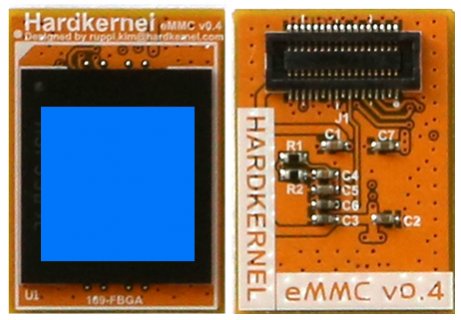Paul,
Thanks your thoughtful reply. It is indeed difficult when so many customers have different “must have” features. When I was writing about the connectors I had not considered the need for blind and buried vias and 8 layer boards, which adds considerable cost. That would imply two SKUs if you want to bring out a large number of signals. One at lower cost, similar to the pinout of the existing Teensy, perhaps with double 0.1” pin rows as @DavidWH1968 has suggested. And another SKU with some kind of high density connector, be it a board to board connector or an edge connector. I guess the question is, do you believe there is sufficient volume potential to make the development of that second board a viable business decision.
You also asked about people’s experience with high density connectors. I’ve been using the Pyboard D for a while now along with a breakout board and a board that has a memory card. Pyboard has two high density connectors, on the bottom of the board. In my old age I am pretty much all thumbs and I have not had any issues with connector seating or damage. But I only cycled them perhaps 20 times.
My point of view is, bring out the few pins required for a JTAG connector and I’d be happy with the existing 4.1 footprint. I really can’t imagine doing any level of complex software development on a multi core machine without it. For anything more involved than that I would likely design my own board using your bootloader chip.
Thanks your thoughtful reply. It is indeed difficult when so many customers have different “must have” features. When I was writing about the connectors I had not considered the need for blind and buried vias and 8 layer boards, which adds considerable cost. That would imply two SKUs if you want to bring out a large number of signals. One at lower cost, similar to the pinout of the existing Teensy, perhaps with double 0.1” pin rows as @DavidWH1968 has suggested. And another SKU with some kind of high density connector, be it a board to board connector or an edge connector. I guess the question is, do you believe there is sufficient volume potential to make the development of that second board a viable business decision.
You also asked about people’s experience with high density connectors. I’ve been using the Pyboard D for a while now along with a breakout board and a board that has a memory card. Pyboard has two high density connectors, on the bottom of the board. In my old age I am pretty much all thumbs and I have not had any issues with connector seating or damage. But I only cycled them perhaps 20 times.
My point of view is, bring out the few pins required for a JTAG connector and I’d be happy with the existing 4.1 footprint. I really can’t imagine doing any level of complex software development on a multi core machine without it. For anything more involved than that I would likely design my own board using your bootloader chip.


